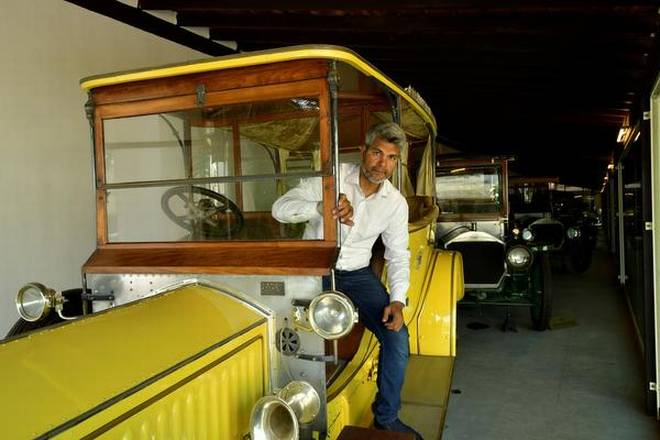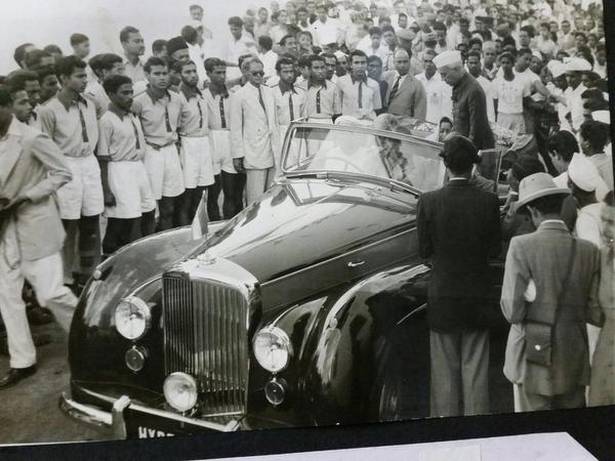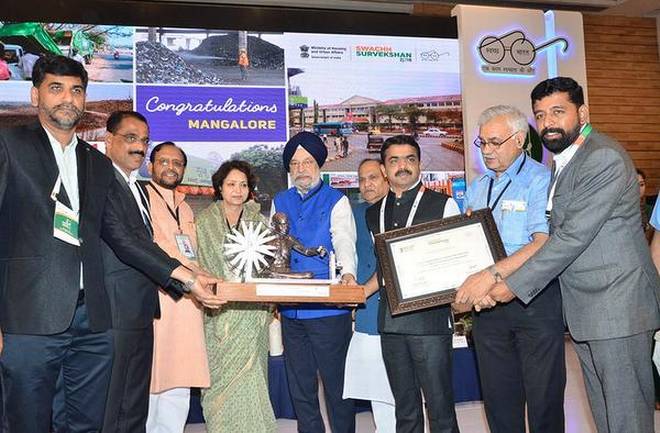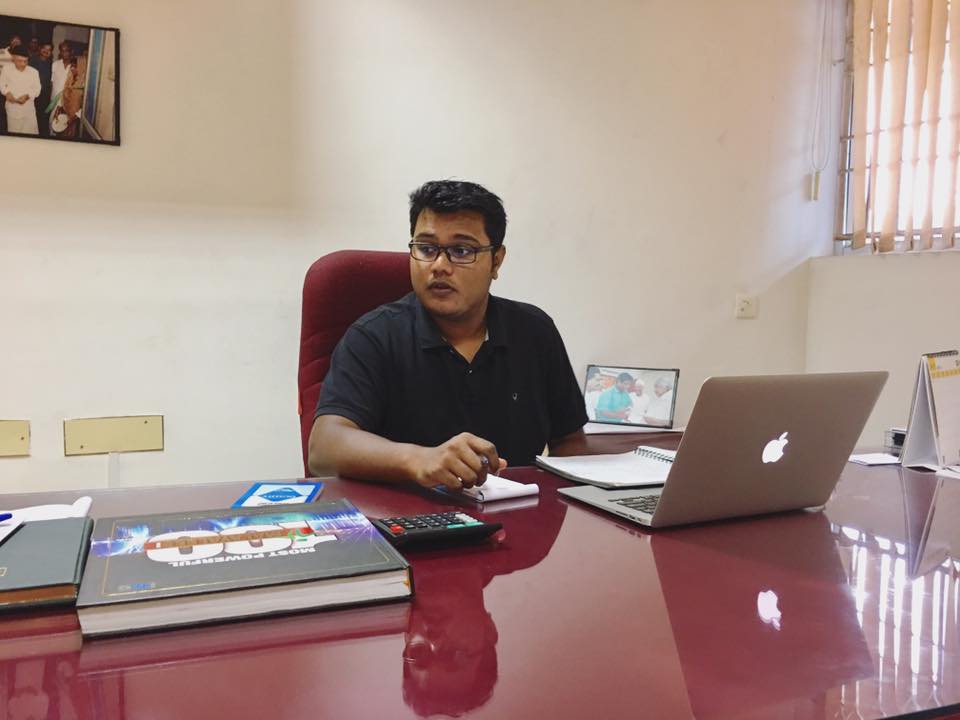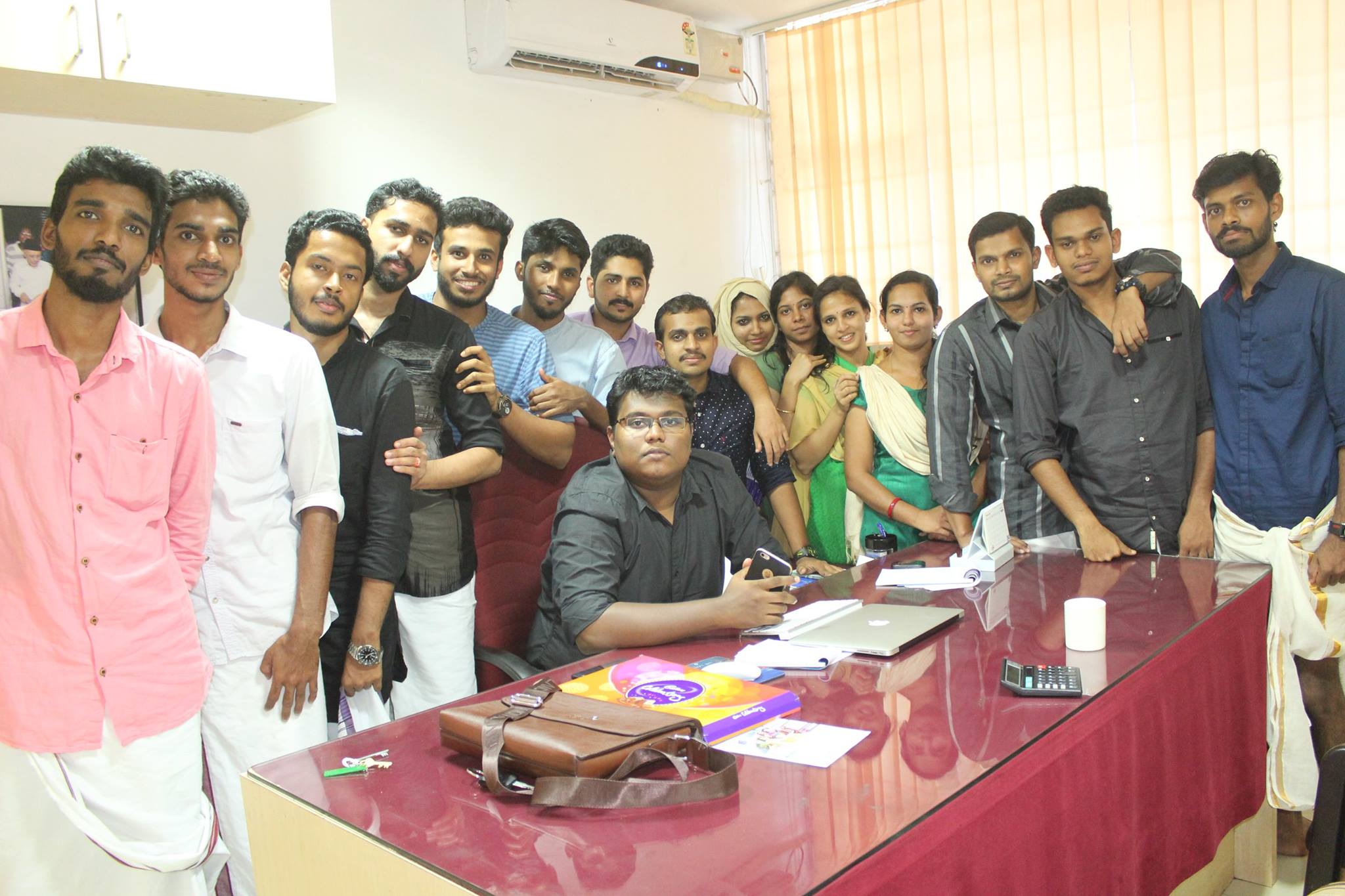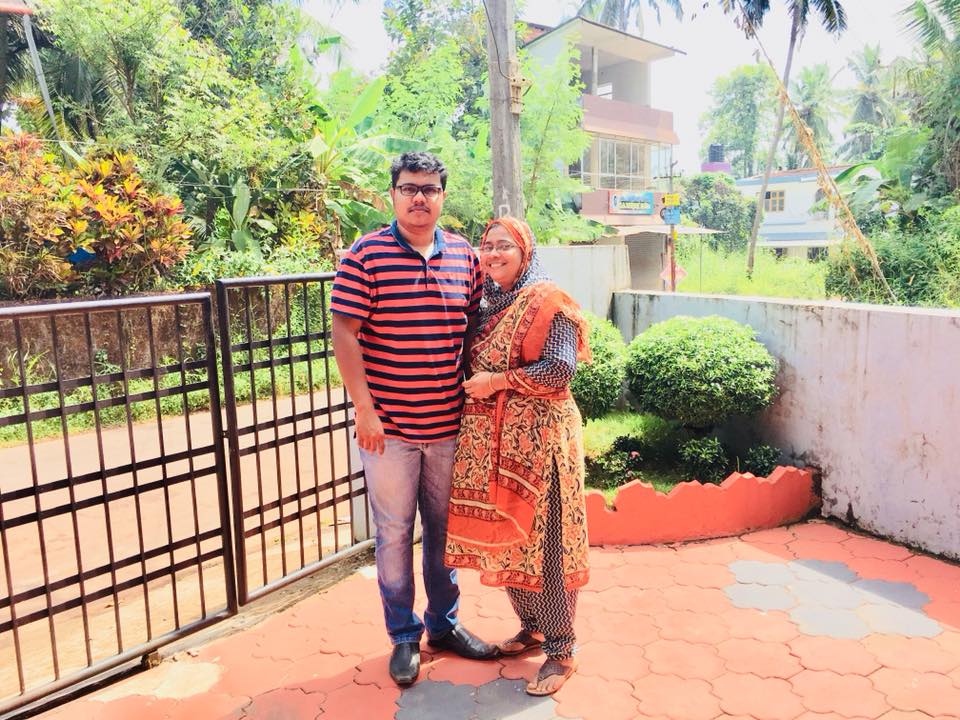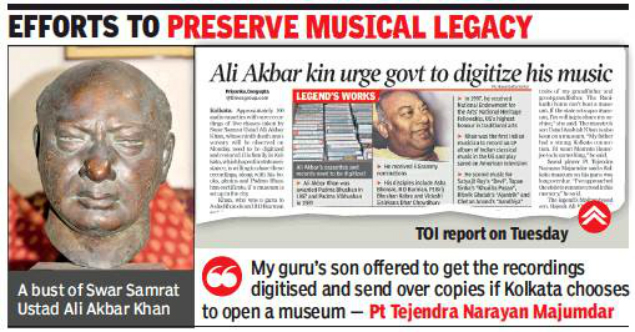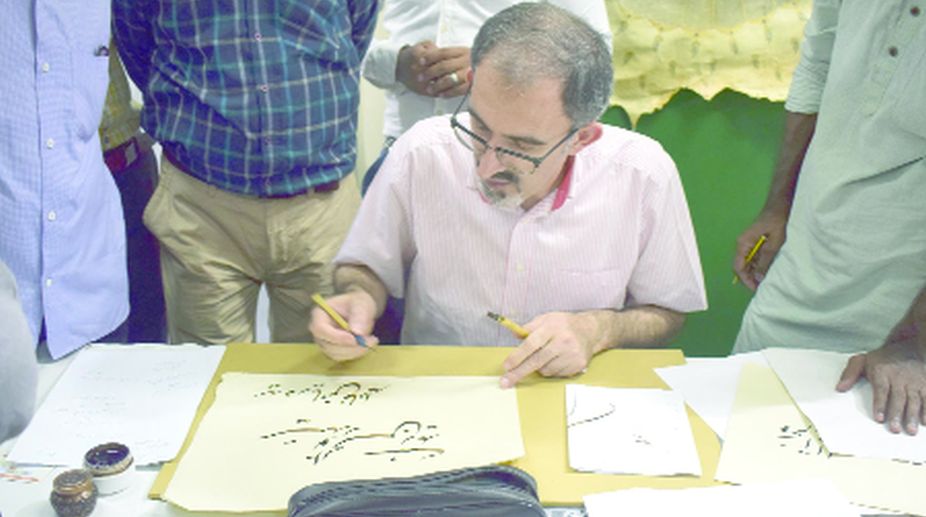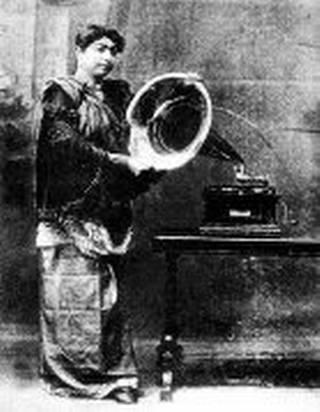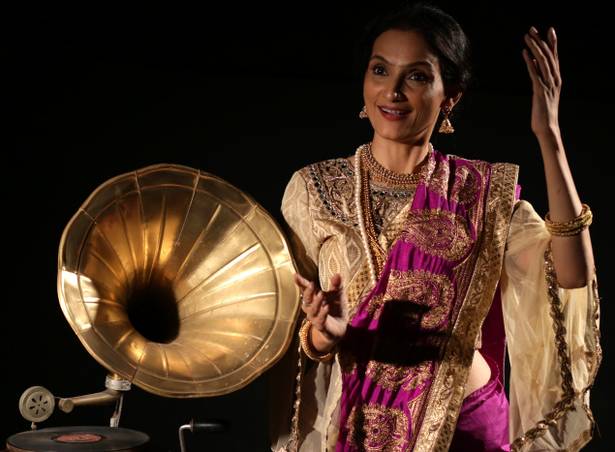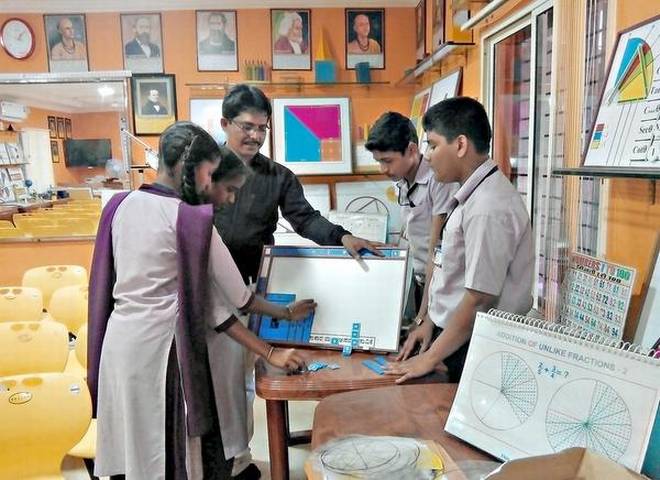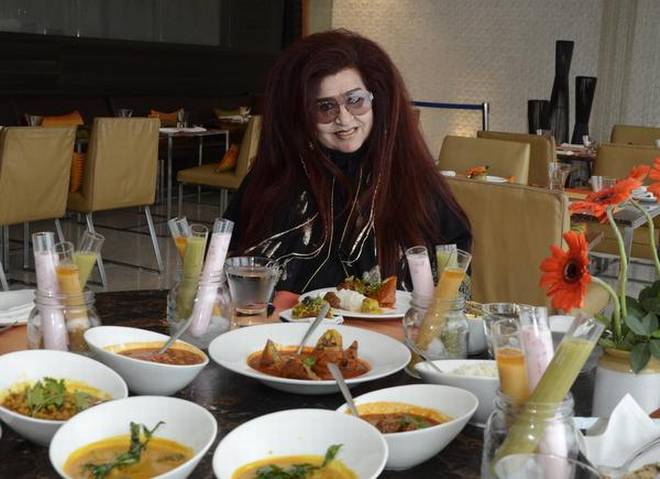Hyderabad, TELANGANA :
From missing White Steams to a recently found Duesenberg, a new coffee-table book — Automobiles of the Nizams — looks at the Hyderabad royal house’s expansive car collection
Once upon a time, Duesenbergs, Napiers, Rolls-Royces, White Steams and Hispano-Suizas were the playthings of the Nizams, the ruling family of Hyderabad. Then they disappeared. “There were 400 of them; I’ve been able to trace around 50. The others remain missing, scrapped, hidden or in private collections,” says Muhammad Luqman, a Hyderabad-born, Dubai-based banker and vintage car collector who has chronicled the royal wheels in his book, Automobiles of the Nizams. Containing never-before-seen photos, the tome tracks significant cars from production lines to palatial palaces. It is set to be released at the Pebble Beach Concours D’Elegance in California in August.
As we walk around the Chowmahalla Palace over the weekend — where some of these cars ferried the sixth Nizam, Mir Mahbub Ali Khan (1869-1911), and later his son, Mir Osman Ali Khan (1911-1948) — Luqman spins a fascinating yarn about the wealthy monarchs’ love affair with automobiles. The first to catch the motoring craze, he says, was Mahbub Ali. The story goes that to acquire one of the first Rolls-Royce Silver Ghosts, he roped in the services of the British Resident (an appointee of the British government), shelled out ₹25,000, and then got it modified to his taste. Painted yellow, as a sign of royalty, he ordered a crest shaped like the dastaar (traditional headgear) and metal work with a delicate lily pattern for the roof fringe. However, by the time the customisation on the Throne Car was completed, he passed away.
The Ghost chronicles
Last year, at Cartier’s Concours d’Elegance at Falaknuma Palace, his great-grandson, Prince Azmet Jah, sat in the Silver Ghost and reminisced about being driven around in Hyderabad. “This was a ceremonial car used on special occasions. The prince recalled how, to celebrate the golden jubilee of Osman Ali’s ascension in 1936, the courtiers wanted him to get a new car. But the Nizam, known for being frugal, asked the Railways (he had his own railway network) to spiff it up instead. They did so by adding horrible fenders,” says the author, who relied on the archival material at Chowmahalla Palace’s royal library for much of his research. “After being left to the elements, it was restored by Rana Manvendra Singh (one of the country’s foremost authorities on vintage vehicles) in 2012, with Cartier picking up the tab.” As we talk, I also spot a massive, newly-restored Wolesley beside the shiny Silver Ghost.
While the sixth Nizam bought cars in pairs and preferred the ultra-luxe versions, his son picked the simpler Humbers and Fords. Today, one of the 1933 Dodges used by Osman Ali is taken out for a spin every Sunday by Captain Kerman Pestonjee, a Hyderabad-based collector, who acquired it with a unique number plate: King Koti Hyd A. So does Luqman’s book overlap with Singh’s 2003 compendium, The Automobiles of the Maharajas, a sweeping history of Indian royalty and their tryst with cars? No, he replies, because his work is a micro history, with details about the vehicles and anecdotes about how the Nizams acquired them. “It has been my obsession for the past 30 years; this book is a culmination of the love story,” says Luqman, who houses his collection of 12 vintage cars, including a small 8 HP post-war Wolseley, in Hyderabad.
Disappearing act
One of the cars he has been able to trace is a Bentley. When Prime Minister Jawaharlal Nehru visited in the ’50s, he was photographed in the vehicle with the Hyderabad number plate intact. Nizam Mukarram Jah had also used it extensively and once, in the ’60s, crashed it near Visakhapatnam — into a cart carrying coconuts. “The glass was smashed, the radiator twisted out of shape, but the Nizam continued with his programme and went to Calcutta. When he relocated to Perth, he took the Bentley with him. I traced it to a collector there,” says the writer, who also traced a Duesenberg to General William Lyon’s collection in the US.
But the mystery of the missing 350 cars remains. How do large automobiles just disappear? Luqman explains that after the 1948 merger with India, Hyderabad’s royal family simply lost interest in the vehicles — till Nizam Mukarram Jah Bahadur, an outdoorsman who loved tinkering with engines, took charge. His biographer, John Zubrzycki, talks about Jah’s fascination with everything with wheels, including earth movers and heavy machinery. “One of the Jeeps he had, had mounted guns,” he says. An interesting story that could explain a few of the disappearances, involves an electrician. “About 10 years back, the family wanted to install an AC at their Chiran Palace. Once done, a grateful Nizam asked the technician for the fee. ‘I want that Jeep,’ he replied, and the generous prince obliged. Now the Jeep, with the 8386 number, has passed on to another Hyderabadi family,” concludes Luqman, who hopes that more stories about the Nizams and their cars will come out once his book hits the market.
Automobiles of the Nizams, planned as the first of a multi-volume series, is published by Oxford Printing Press.
source: http://www.thehindu.com / The Hindu / Home> Life & Style> Luxury / by Serish Nanisetti / June 29th, 2018
